For some reason my vqadmin failed to create a new mail domain?? I know I had some /home permissions problems, but that was quite some time ago, perhaps I haven’t added a domain for mail in that time. Anyway, time to refresh my skills and software.
vqadmin
cd /src wget http://www.inter7.com/vqadmin/vqadmin-2.3.2.tar.gz tar xvfz vqadmin-2.3.2.tar.gz cd vqadmin-2.3.2 ./configure --enable-cgibindir=/home/vqadmin/cgi-bin --enable-htmldir=/home/vqadmin/www make && make install-strip
vi /opt/httpd/conf/httpd.includedeny from all Options ExecCGI AllowOverride AuthConfig Order deny,allow
vi /home/vqadmin/cgi-bin/vqadmin/.htaccess AuthType Basic AuthUserFile /home/vqadmin/.passwd AuthName vQadmin require valid-user satisfy any
chown nobody /home/vqadmin/cgi-bin/vqadmin/.htaccess chmod 644 /home/vqadmin/cgi-bin/vqadmin/.htaccess htpasswd -bc /home/vqadmin/.passwd admin admin_password chmod 644 /home/vqadmin/.passwd apachectl stop apachectl start
All fixed. For a step by step guide to all Qmail software I recommend http://qmailrocks.org

 I’ve been using VNCViewer from
I’ve been using VNCViewer from 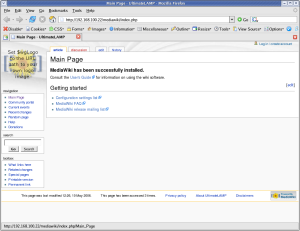
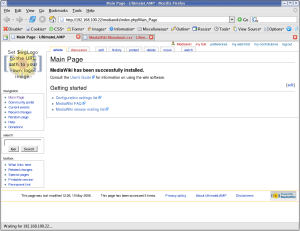

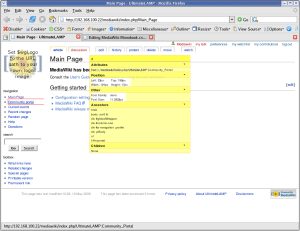
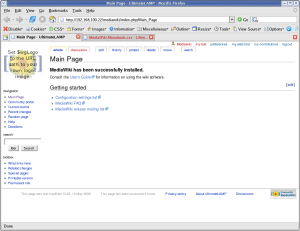
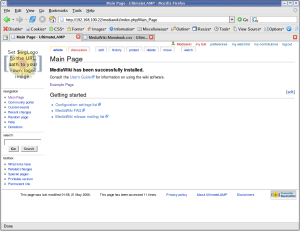
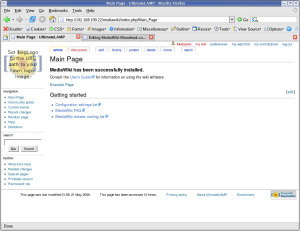
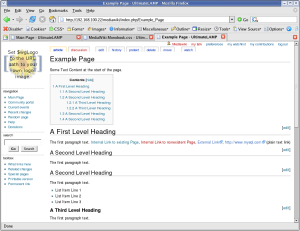
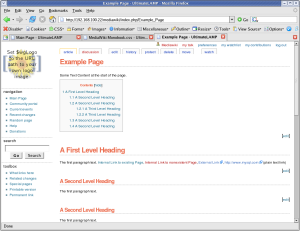
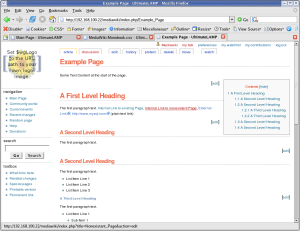
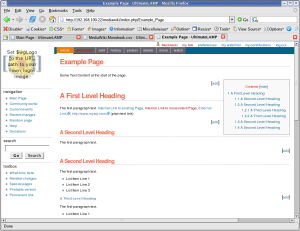
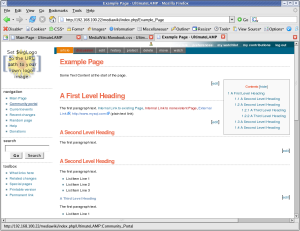
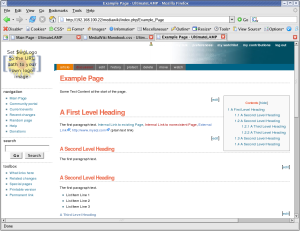







 Guy is author of O’Reilly “MySQL Stored Procedure Programming” Book. I managed to get for free at the conference from the MySQL Quiz night, in addition to a shirt and cap for stumping a Guru.
Guy is author of O’Reilly “MySQL Stored Procedure Programming” Book. I managed to get for free at the conference from the MySQL Quiz night, in addition to a shirt and cap for stumping a Guru.





